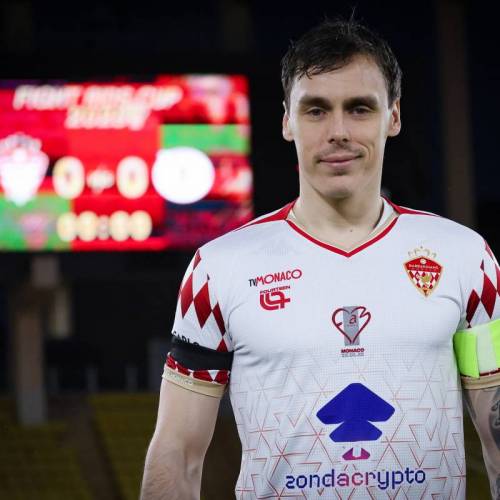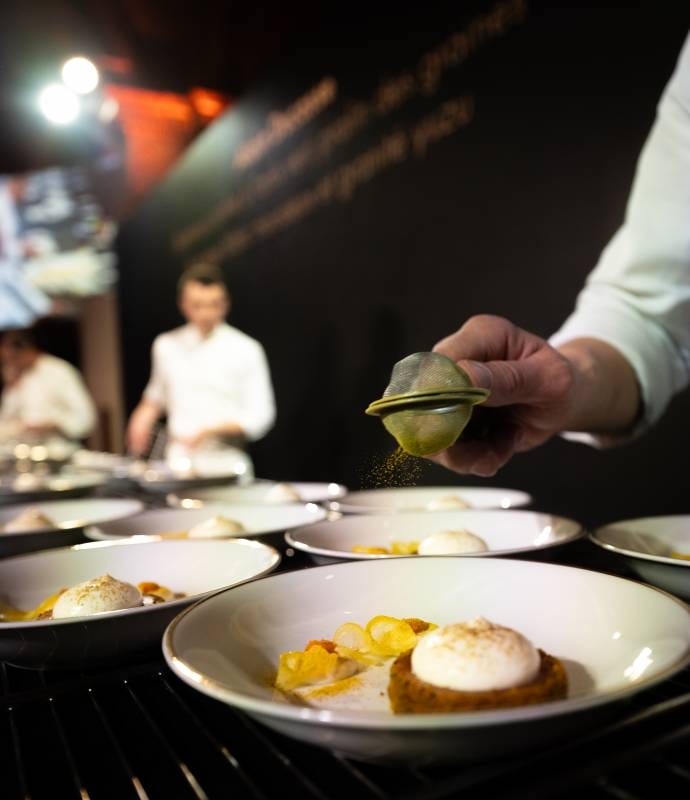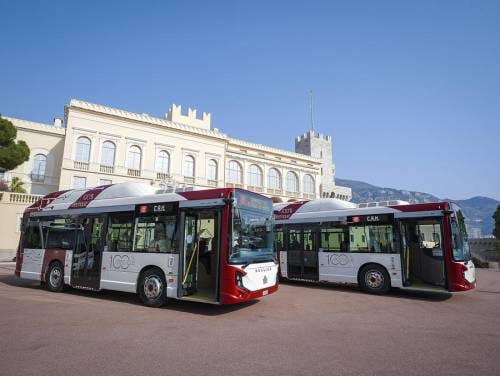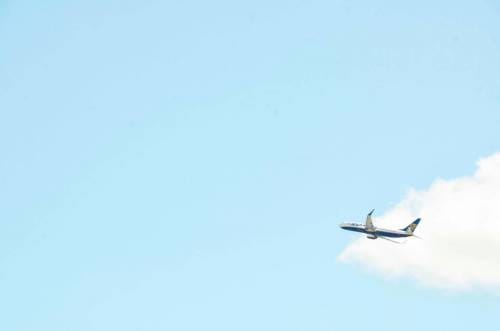How can you transform non-eye-catching goods into stunning bestsellers? How can you influence the buyer to choose the “one” from hundreds of thousands of variants of a product on the shop shelves? The answer to these questions is something we have found at the LuxePack show, which took place from 2 to 4 October at the Grimaldi Forum in Monaco. Thirty years have passed since the first international exhibition was launched: 30 years since the main secrets of marketing began to be discovered by the public from everywhere in the world, from New York to Shanghai. This time the exposition gathered more than 470 world producers of original luxury packaging, whose services have already been used by hundreds of leading companies such as Nestle, LVMH, L’Oréal.

This time we picked five of the most creative and innovative ways of packing and decorating goods.

The first on the list was the French company Delta Composants, located in Le Mans, who creates incredible lacy semi-transparent drawings on paper and leather. In addition, they have special equipment that can turn even metal into an elegant work of art, decorated with a 3-D pattern. Kevin and Francois, representatives of Delta Composants, told us the principle of their work and the most grandiose projects that were implemented by the company.

“This three-dimensional printing is the ideal solution for creating a wire frenulum for champagne, wine corks and even decorating them; we are also actively working in the automotive industry, creating some details, and more routine use of 3-D engraving is to mark the serial number on wires. Our company cooperated with Valeo, a popular French brand that is a manufacturer of automotive components and spare parts for brands such as BMW and Ford.

Our most significant innovation is the perforation of paper and leather to create a print, instead of burning it with a laser. This is an excellent solution for the perfume industry. For example, if a picture on a cardboard box of perfume was created by a laser, you will sense an unpleasant smell of burning. If we take our driller which creates 1,000 tiny holes, the result will be even better, from the point of design and, apparently, you will not sense any odour. During our time as a company, we have worked with such big companies as Jean Paul Gaultier, LVMH and Hermès.”


The next on the list is the Brazilian manufacturer Adhespack, which has a patent for a printer that makes “flat” samples of make-up products and perfumes. Daniel, the sales manager, told HelloMonaco how the mini-printer works and where it was applied:
“We specialise in flat samples which can be placed on pages in magazines to promote a certain product. Recently we developed a new concept and earned a patent for the “self-sampler” device, after clicking the button you get one printed sample of the desired beauty product. This technology has already been applied with the famous perfume ‘Miss Dior’, in cosmetic boutiques in 5 different cities around the world: Osaka, Tokyo, Milan, Paris and London.”


Next we come to a company that is convinced that the success of sales is in “glowing” goods. The main activity of the German company Awantys is the decoration in any capacity with LED. Florian explained where the idea of sparkling goods came from:
“The idea for our LED packaging came from the cult space movie ‘Star Wars’. I think you remember very well the lightsaber that appeared after clicking the button on the device. We borrowed this idea and made it even better. Now making the product distinctive from others is much easier, since the light itself is quite bright and ‘hard not to pay attention to such a literally ‘shining product’. Sometimes we even use motion sensors to attract the attention of the client.”

The next company, Eurostampa, is a world leader in the production of premium labels for alcoholic beverages, chocolate, cosmetics, and focuses exclusively on emotions. According to them, the key to success is values that are transferred to the final consumer by the company.

“The label should express the company’s main values and pass them on to the final buyer; this is the most important principle for us. We try to avoid standard templates. Our last project was made by using the latest printing technologies, for example, using different types of foil, special HP Indigo ink and, especially, watermarks.”

The last, and, perhaps the most futuristic and luxurious at the same time, is the French company VM France, which launched a unique product “Obérion”. This is a portable gift box, which allows the customer to feel a direct connection with the brand, receiving messages on the screen located on the inside of the box. Vincent told us about the peculiarities of this “device”:

“This is a gift box, after the opening of which the client receives new information displayed on the screen, from a certain brand. Thanks to our special software, the same gift box message can be received by 100-1,000 customers, which gives a direct emotional connection to the client. The screen in the box is touchscreen, so the customer can ask the brand to contact him, after pressing a certain button. This product has been used for a huge number of products: from Bently keys to jewelry from Luis Vuitton to Swiss watches.

In Monaco we had one interesting project: the yacht company gave a customer, who recently bought a ship, a large gift box with a model of his future yacht. The main purpose of the screen in this case was to show the evolution of the construction process. This is a great solution, especially if the client travels a lot.”

Summarising the results of the LuxePack exhibition in Monaco, it is important to see the immense number of technological innovations and “multitouch” offers for goods packaging. It was easy to see that we are really moving towards the future! But what is the future of “packaging”, robotisation and innovative technologies, or ecologically clean methods of packing goods (unfortunately, LuxePack has offered a very small number of “green” packages this year)? This is a matter of time, and, obviously, the answer to this question will only be revealed in the future. In the meantime, we can marvel at the way companies can transform the product via the packaging and how they are connecting with customers through this medium, which is like its own form of art.








